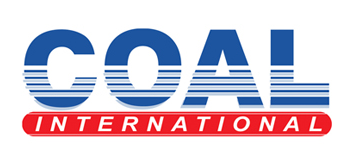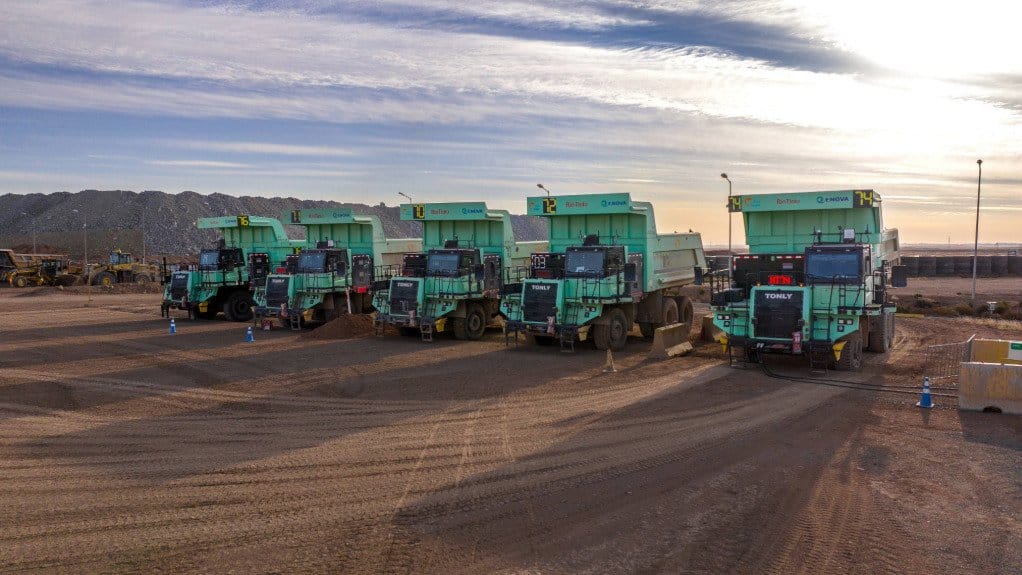Diversified miner Rio Tinto has launched its first battery-swap electric haul truck trial at the Oyu Tolgoi copper mine, in Mongolia, in partnership with China’s State Power Investment Corporation (SPIC) Qiyuan.
The trial marks a major step in the miner’s efforts to test cost-effective technologies to cut emissions from its haulage fleet – one of the largest sources of its Scope 1 and 2 carbon footprint.
Over the past year, Rio Tinto and SPIC Qiyuan have deployed eight 91-t Tonly trucks, along with 13 batteries, each with an 800 kWh capacity, a battery swapping station, a static charger and supporting infrastructure.
The trucks will be used in tailings dam construction and topsoil transport, providing Rio Tinto with hands-on experience operating and maintaining a complete battery-electric haulage and swap-charging system.
Battery-swap technology enables the replacement of a depleted battery in under seven minutes, avoiding downtime associated with fixed charging facilities and improving fleet efficiency.
“The launch of this trial with SPIC Qiyuan is an important milestone, harnessing China’s widely used and leading battery swap technology in a partnership that supports Rio Tinto’s drive to accelerate low-carbon innovation. The rapid deployment and fast-tracked operational learnings have highlighted the importance of partnerships in advancing low-emission haulage alternatives for our business,” commented Rio Tinto GM for global equipment and diesel transition Ben Woffenden.
“By working with partners such as SPIC Qiyuan and Tonly, Rio Tinto is rapidly identifying and adopting cost-effective, proven innovations that can support operational excellence and advance decarbonisation goals.”
The equipment will be tested through to the end of 2026. Insights gained will guide Rio Tinto’s evaluation of battery-swap technology across its wider fleet of 700 haul trucks, about 100 of which fall into the small to medium (100 t to 200 t) payload category suited to current-generation systems.



